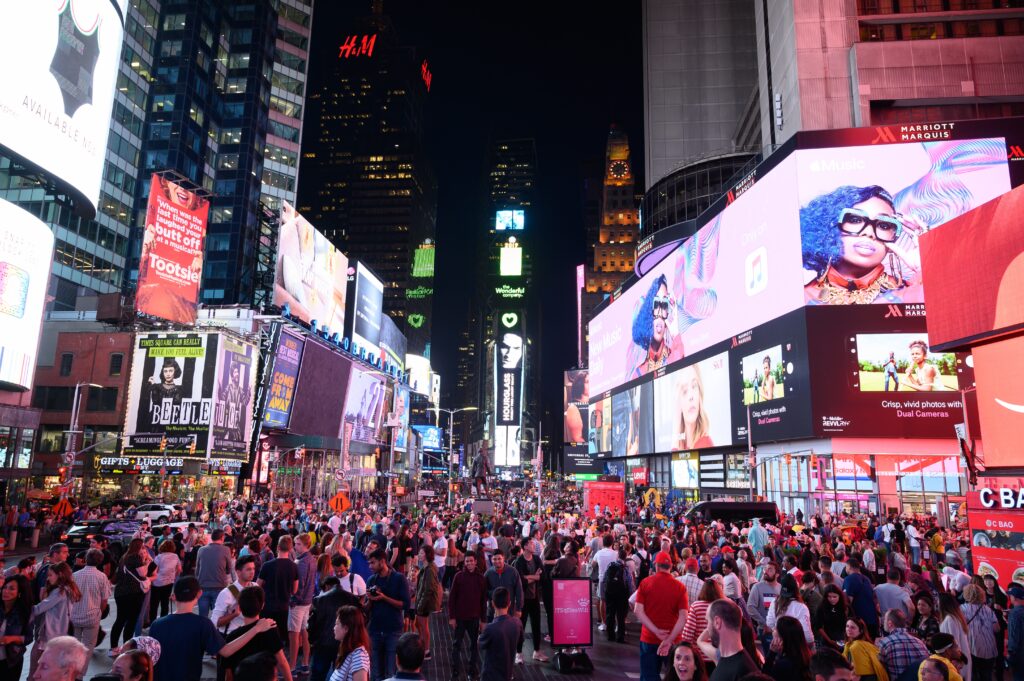
Exploring global population trends provides invaluable insights into the intricate dynamics of our diverse world. In this blog post, we will embark on a journey to analyze the ten most populous countries, delving into their significance, challenges, and global impact. From the cultural diversity of India and China to the economic prowess of the United States, each country’s unique story contributes to our global narrative.
India 🇮🇳 – Unity in Diversity Amidst Challenges
With an astounding population of 1.429 billion, India stands as the world’s most populous country. Its rich cultural tapestry and linguistic diversity make it a unique melting pot of traditions. While India’s population offers a vast workforce and consumer base, it also presents infrastructure, education, and healthcare challenges that require strategic solutions.
China 🇨🇳 – Growth, Innovation, and Environmental Concerns
Boasting a population of 1.425 billion, China has undergone an extraordinary transformation from an agrarian society to a global economic powerhouse. The nation’s manufacturing prowess and technological innovations have garnered international attention. However, China faces pressing issues such as environmental pollution, an aging population, and social inequality that demand sustainable resolutions.
USA 🇺🇸 – Diversity Drives Innovation, Yet Inequalities Persist
Home to 340 million people, the United States is renowned for its cultural diversity and innovative spirit. The nation’s rich blend of cultures fuels advancements in technology, entertainment, and more. However, internal challenges like income disparity, healthcare accessibility, and political polarization underscore the need for inclusive growth and social cohesion.
Indonesia 🇮🇩 – Balancing Diversity and Sustainable Development
Indonesia, a Southeast Asian archipelago with 277 million inhabitants, boasts a diverse population reflecting various ethnic groups, languages, and traditions. The nation’s abundant natural resources drive economic growth, but sustainable development and cultural preservation are paramount in ensuring a harmonious future.
Pakistan 🇵🇰 – Nurturing Potential Amidst Socioeconomic Complexities
With a population of 240 million, Pakistan is poised at a critical juncture of economic growth and social progress. The youthful population presents opportunities for development, yet the country grapples with challenges such as poverty, education disparities, and political stability that require careful attention.
Nigeria 🇳🇬 – Harnessing Diversity, Addressing Challenges
Nigeria’s population of 224 million establishes it as Africa’s most populous nation. The country’s diverse ethnic landscape contributes to its cultural richness. However, challenges like corruption, healthcare improvements, and urbanization management are vital for sustained progress.
Brazil 🇧🇷 – Cultural Splendor and Environmental Responsibility
With a population of 216 million, Brazil’s vibrant culture and natural beauty capture global attention. The Amazon rainforest and cultural heritage stand as remarkable assets. Nonetheless, Brazil grapples with issues like deforestation, social inequality, and crime that necessitate a balanced approach to development.
Bangladesh 🇧🇩 – Resilience in the Face of Adversity
Bangladesh, home to 173 million people, exemplifies resilience despite frequent natural disasters and overpopulation challenges. Strides in women’s empowerment and poverty reduction demonstrate progress. To ensure continued growth, sustainable development and disaster preparedness remain critical.
Russia 🇷🇺 – Bridging Two Continents, Addressing Aging Population
With 144 million inhabitants spanning Europe and Asia, Russia possesses a unique geopolitical position. Its vast resources contribute to global influence. However, an aging population and regional disparities necessitate economic diversification and social policies for a balanced future.
Mexico 🇲🇽 – Cultural Richness and Societal Progress
Mexico’s population of 128 million reflects a diverse blend of cultures bridging North and South America. Its vibrant traditions and modern cities offer a unique blend of old and new. Tackling challenges such as violence, immigration, and economic inequality is essential for sustained growth and stability.
Conclusion
The top 10 most populous countries provide a fascinating panorama of global demographics. Each nation’s narrative is shaped by its history, culture, and challenges. As we strive for a more interconnected and sustainable world, understanding these diverse populations becomes essential in fostering cooperation, addressing shared issues, and embracing the intricate tapestry of our global community.
